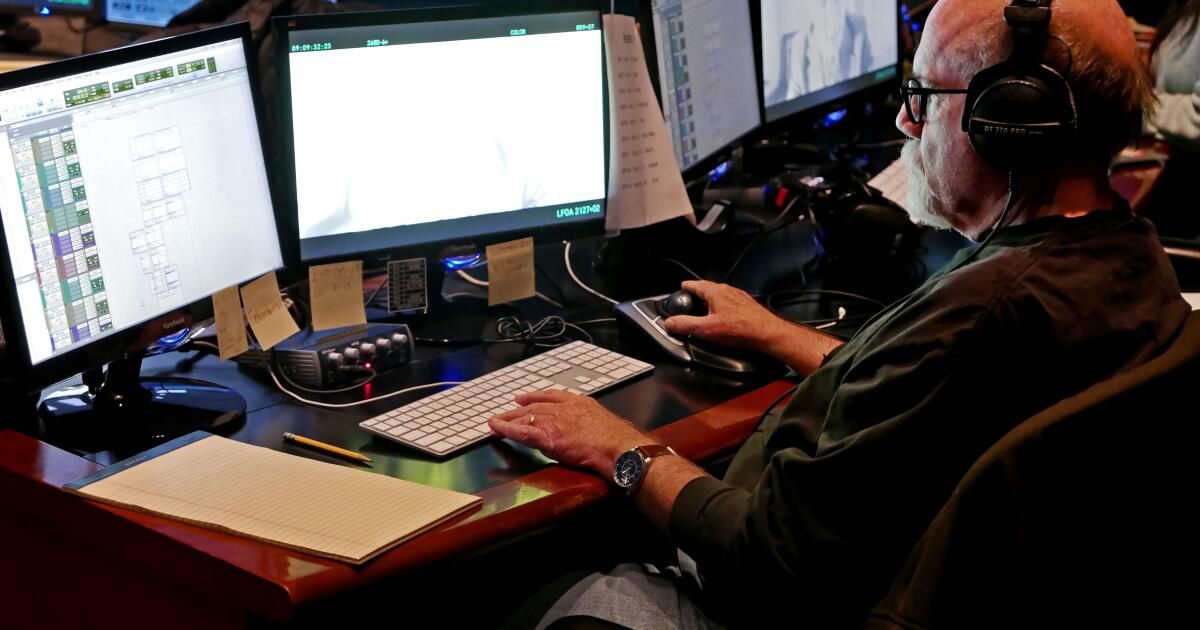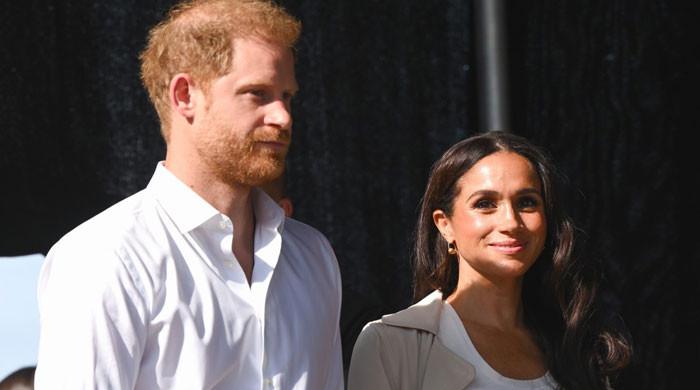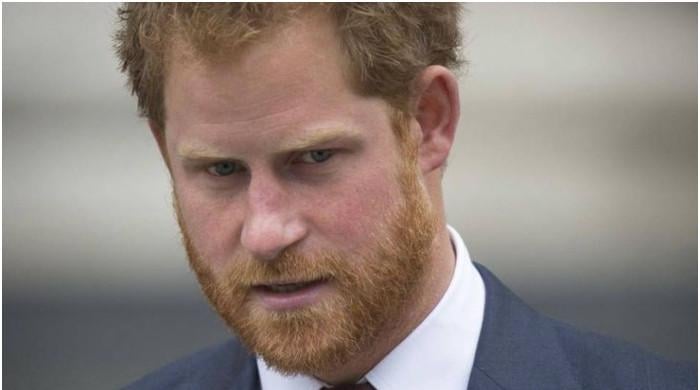Over four decades, Oscar-winning sound designer Richard King has amassed a library of tens of thousands of knocks, knocks, clacks and other original recordings, but he's always looking for something new.
“I'm a big fan of found sounds, things you can find on YouTube, any kind of natural phenomenon, like volcanoes,” says King, speaking from the Eagle Rock home he shares with three dogs.
A few years ago, King was enthralled by the screeching audio of the sonic boom produced by a meteorite explosion over Russia. “When the shock wave hit the ground, dogs started barking, car alarms went off everywhere, the camera shook,” he recalls. “The explosion was recorded on a built-in camera. microphone, but it captured enough of the feeling that I thought, 'Someday I'll have a place to use this.'”
Sure enough, when director Christopher Nolan asked him to emulate the sound of the world's first thermonuclear device for “Oppenheimer,” King had his epic-scale 2013 Chelyabinsk asteroid. reference to the reach of the hand.
“Chris loves making big, bold statements, and I love creating sounds for big events while trying to make them relatable,” says King, who won Academy Awards for sound editing for Nolan's “Dunkirk” films, ” Inception” and “The Dark.” Gentleman.” (His fourth Oscar was for Peter Weir's “Master and Commander: The Far Side of the World.”)
“I try to create sounds that an audience member can think, 'I can imagine something like that in the world.'”
Real-world asteroid shock waves may have inspired King's recreation of the 1945 “Trinity test” detonation, but the explosion heard in theaters actually combined about 20 different elements into a powerful wall of sound. . King breaks it down: “We built things out of conventional explosions, we had some hard rock hits, thunder that we modified a little, train sounds. [cars] maneuvering together where they make a gigantic explosion.” The resulting hype served Nolan's oft-articulated desire to shock audiences on a visceral level, King says. “Good movie theaters have sound systems that can reproduce very low frequencies in a way that doesn't hurt your ears. It is a full body experience just as it was felt by those scientists and military personnel in the [Trinity test] day. “You don’t even have a moment to think.”
The seat-shaking nuclear weapon detonation, masterminded by J. Robert Oppenheimer (Cillian Murphy), evokes the ultimate in fear, but even the seemingly mundane sequences demanded deep dives from King and his team. When Oppenheimer's wife, Kitty (Emily Blunt), picks up dirty laundry from a clothesline, Nolan wanted the moment “to feel almost like an action scene, showing the power of nature with the snapping of clothes whipped by the wind.” says King. “We shake sheets, we tear them, we add little whipping sweeteners to the point where it's almost scary, like, 'You don't want to get in the way of one of those sheets!'”
King, who studied fine arts at the University of South Florida before turning to film in New York, typically builds his soundscapes layer by layer, as if applying paint to a canvas. “The idea is that if you start with one sound and add another sound to it, you will produce a third sound. The more layers, the more you create a dynamic that you could never achieve with the simplicity of a single sound.”
But if Nolan had his way, the filmmaker would capture every sound live on set.
“Chris wants that tangible realism, so he would prefer to get all the sounds during the days he's filming,” says King. “Since that is not possible, we try to add sounds that sound like they were recorded that same day. Unless you really go overboard, you can get away with a lot of things.”
Case in point: When Oppenheimer climbs the Trinity test tower in the desert during a wind storm, King's team added the sound of cables clashing and more. “Oppenheimer's tie is flying everywhere, so he adds that,” he says. “The sand is hitting his body, he adds that. It becomes almost like a photorealistic painting where the deeper you look at it, the more you can add.”
King’s talent for imbuing film sound with soulful depth (also on display in “Maestro” and, next month, “Dune: Part Two”) reflects a narrative imagination that goes beyond mere technique. .
“For me, sound design is my chance to be vicariously with the characters and live in their skin for a while,” King says. “It may include something the audience won't even notice, like a bird with a strange sound, but subconsciously all these elements add up to a rich experience. Chris and I always want to get into the picture and make it look like you're looking out the window. “You see three dimensions, you hear three dimensions, and the audience assumes that all that sound has always been there.”












